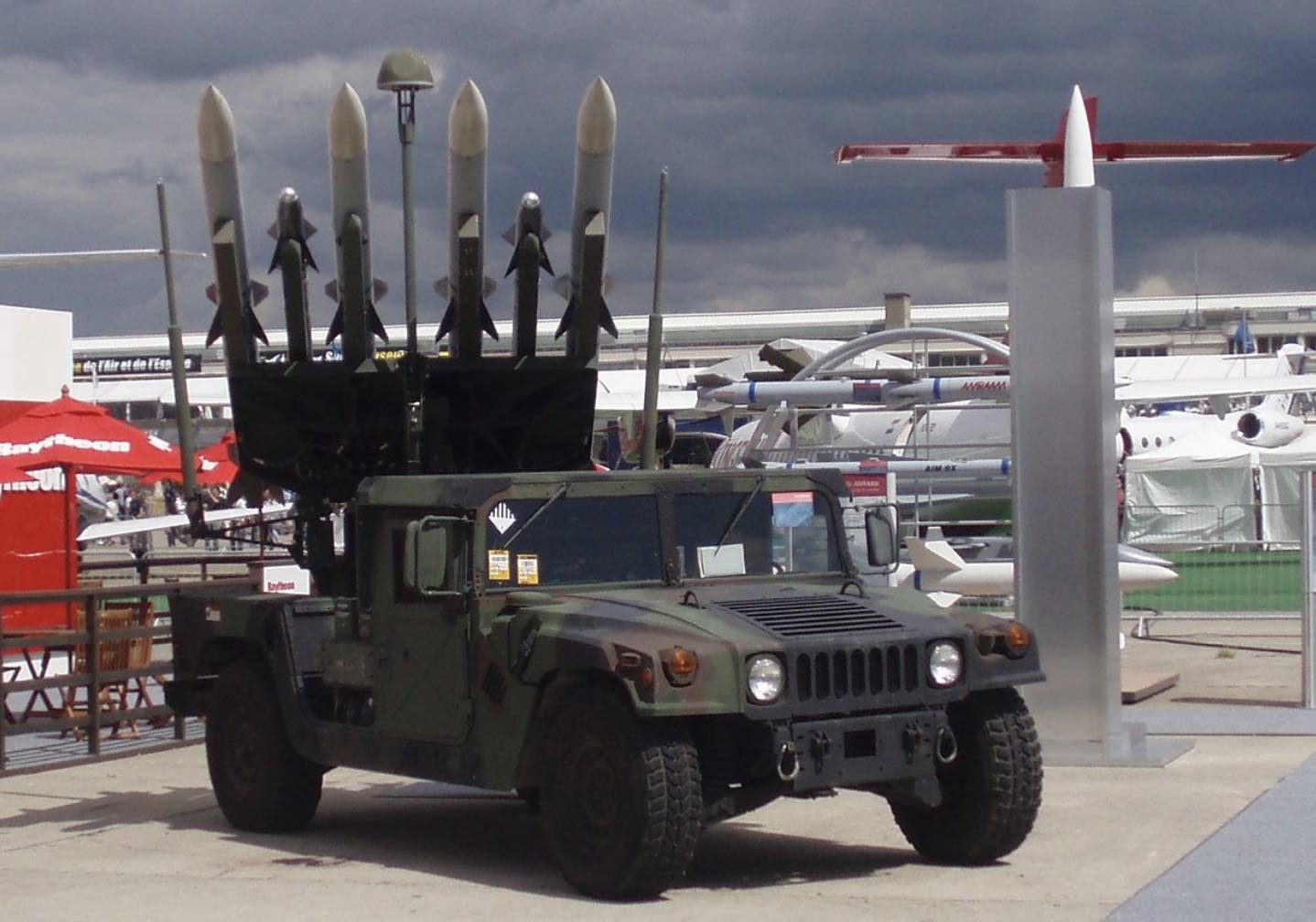


The €2.5 billion deal encompasses ten systems in total, with nine designated for Belgian airspace protection and one for Luxembourg. This move reflects a broader European trend of reinforcing regional security in the face of evolving aerial threats, including drones, cruise missiles, and potentially hostile state actors.
The decision to procure NASAMS is consistent with the shifting European defence landscape, where airspace security has become increasingly critical. Over the past decade, NATO member states and partners have faced a proliferation of sophisticated aerial threats, ranging from ballistic and cruise missiles to unmanned aerial vehicles capable of carrying out surveillance or offensive strikes. The recent conflicts in Eastern Europe have underscored the vulnerability of national and regional airspace to such incursions, compelling smaller European states to upgrade their defensive systems.
Belgium and the Netherlands, both centrally located in Western Europe and part of NATO’s integrated air defence network, face unique security challenges. Their airspace is heavily trafficked, not only by civilian aviation but also by military operations conducted under NATO coordination. Ensuring robust air defence in this context is not merely a national concern; it is an essential component of NATO’s regional deterrence posture. By deploying NASAMS, these countries aim to provide a credible protective umbrella over their territories, while contributing to broader alliance security.
The Norwegian Advanced Surface-to-Air Missile System has earned a reputation as one of the most versatile medium-range air defence platforms in service today. Developed jointly by Kongsberg Defence & Aerospace and Raytheon, NASAMS is capable of intercepting a wide array of aerial threats, including fixed-wing aircraft, helicopters, cruise missiles, and drones. Its modular architecture allows integration with existing radar networks and command-and-control systems, a critical feature for NATO countries operating within a shared air defence framework.
For Belgium and the Netherlands, NASAMS provides several advantages. The system’s mobility ensures that batteries can be repositioned quickly in response to shifting threat vectors. Its networked capability allows it to link seamlessly with other NATO air defence assets, creating a multi-layered shield that extends from national borders into allied airspace. Additionally, the system is adaptable to future upgrades, meaning it can accommodate evolving threats over its operational lifespan, which is expected to extend well into the 2040s.
The joint acquisition underscores the increasing emphasis on regional collaboration in European defence. By sharing the cost and coordinating deployment, Belgium and the Netherlands reduce individual financial burdens while maximising operational coverage. The allocation of nine systems to Belgium and one to Luxembourg illustrates a strategic compromise: Luxembourg, as a small state with limited territorial airspace, benefits from integrated defence coverage without needing to invest in a full suite of systems independently.
Such arrangements highlight a broader trend in European security policy, where small and medium-sized states pool resources to maintain credible deterrence against potential aggressors. In an era of constrained defence budgets and rising operational demands, cooperative procurement provides both cost efficiency and operational flexibility.
The deployment of NASAMS systems in Belgium, the Netherlands, and Luxembourg carries broader implications for NATO’s integrated air defence network. The alliance’s eastern and central European members have increasingly relied on robust missile defence and integrated air surveillance to deter potential threats from actors such as Russia. By upgrading their capabilities, Belgium and the Netherlands reinforce NATO’s deterrent posture, signaling both to allies and potential adversaries that the alliance’s airspace integrity remains a priority.
Moreover, the NASAMS systems are likely to be integrated into NATO’s wider command-and-control architecture, enabling rapid response coordination in the event of an incursion. This contributes to collective security by ensuring that air defence does not operate in isolation but as part of a layered, multinational deterrent. The presence of these systems also enhances early warning and interception capabilities over Western Europe, a region of strategic importance for both civilian and military air traffic.
While the acquisition represents a significant step forward, it also introduces operational and logistical challenges. NASAMS requires extensive training for personnel, as well as integration with existing radar and command networks. Maintaining interoperability between Belgian, Dutch, and Luxembourgian forces will be essential to maximise the system’s effectiveness.
Financially, the €2.5 billion expenditure is substantial, and governments will need to ensure that follow-on costs for maintenance, upgrades, and ammunition do not undermine other defence priorities. However, proponents argue that the cost is justified given the potential consequences of airspace violations in Europe’s densely populated and economically vital regions.
Belgium and the Netherlands’ joint acquisition of NASAMS air defence systems represents a strategic investment in regional and alliance security. By combining financial resources, operational expertise, and strategic foresight, these nations enhance their ability to detect, track, and neutralise a wide spectrum of aerial threats.
The deployment of NASAMS reinforces NATO’s integrated air defence posture, strengthens deterrence against potential aggressors, and signals that even medium-sized European states are willing to take concrete steps to secure their airspace. In an era defined by rapid technological advancements in aerial warfare, cooperative procurement initiatives such as this are likely to become increasingly common, ensuring that Europe’s skies remain protected in an unpredictable security environment.
Main Image: Captainm
You must be logged in to post a comment.
Greater Cooperation with Ukraine in the Defence Industry as a Strategy to Avoid War